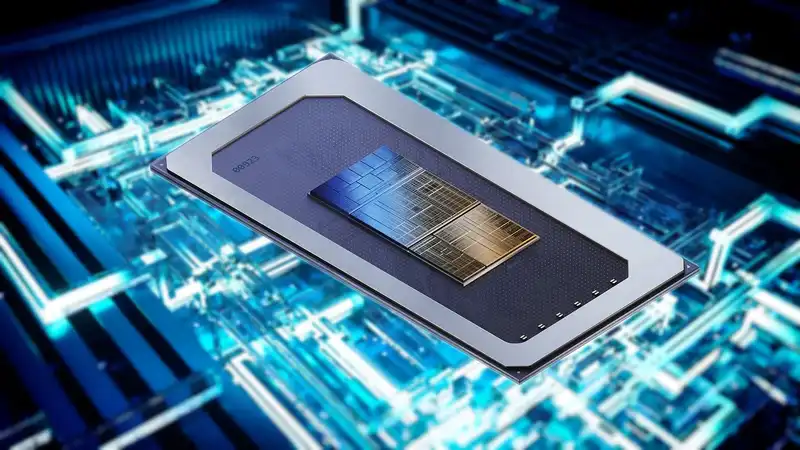AI has its uses While it is tempting to think of AI as a chatbot, an image generator, and something that could end us all if we are not careful, leading tech companies are eager to introduce AI and machine learning optimization into many aspects of business and are looking to integrate what was once a fringe concept into the process of creating products you may already own.
I recently had the opportunity to have an extensive discussion with Gokul Subramaniam, President of Intel India and Vice President and Head of Sustainability, Client Computing Group, about Intel's sustainability goals, product life cycles, and more.
I took the opportunity to ask him how Intel is using AI and machine learning models with respect to product efficiency and whether AI is being used to optimize processes. [It starts at the front end of the silicon design at the RTL level, basically the back end, where the silicon is powered on and then ready for production. And then in software development and debugging, we use AI as well as manufacturing applications to test how to use AI.
"We also use AI with respect to a lot of the telemetry data we collect to understand how it is used and what decisions can be made in terms of that. So it's a big focus area across the entire lifecycle, from front-end silicon design, to back-end, to software development, to manufacturing."
In other words, according to Intel, AI already seems to be involved in a vast array of aspects of chip design and manufacturing. However, since our discussion centered on Intel's goals for sustainability, I also asked him for his perspective on the scalability of AI and the sustainability of its accompanying growing power demands.
"One of the things Intel believes in is the continuum of AI from the cloud data center to the network edge to the PC. What that means is that it's a continuum of AI, it's not one size fits all, and you can't take a single or one monolithic view of computing... The AI continuum has different needs, from large, very large models to edge devices to small, nimble models that could be devices. [They range from high-performance computing that requires thousands of servers, such as Argonne Labs, to small enterprises that only need a few Xeons, or even a few Xeons and a few GPUs. Heterogeneous compute allows us to match power consumption and compute gains"
.While these are noble goals, it is hard to ignore recent headlines about concerns about the future sustainability of AI, which often involves enormous processing power and potentially a surprising amount of actual power to match.
"AI is new, and I don't think anyone has cracked its code yet," Subramaniam says.
"As long as we focus very much on power efficiency and allow our customers to build beyond silicon with the technology we offer, it will work."
Data centers like Argonne National Laboratory and the Aurora Exascale Supercomputer, built with Intel's Xeon CPUs and Data Center GPU Max series, are also likely to be huge power consumers, but Intel's AI workload The assertion that the whole thing is seen as distributed across several different types of computing for different purposes strikes me as an interesting distinction.
Neural Processing Unit (NPU) designed specifically for AI processing, first seen in Intel's Meteor Lake mobile CPU and expected to appear in the yet-to-be-announced Arrow Lake desktop CPU With the rise of consumer chips, the focus seems to be not only on the massive AI computing power in data centers, but also on AI processing spread across future chips.
Given the rise of the "AI PC," it seems certain that the chip industry is leaning heavily toward the future of AI, and some argue that PCs with the latest GPUs are already capable of AI processing. However, the current definition of an AI PC seems to range from a PC offering 45 TOPs or more from a dedicated NPU to a PC with the appropriate sticker on the keyboard.
In any case, it has always been turtles for Intel, and in this case it seems to be AI from top to bottom. Your next CPU, or even your current CPU, at least if it's an Intel unit, is likely already getting a feel for artificial intelligence.
.

Comments